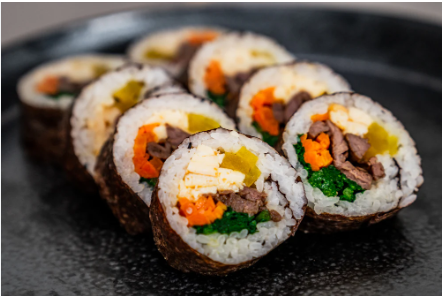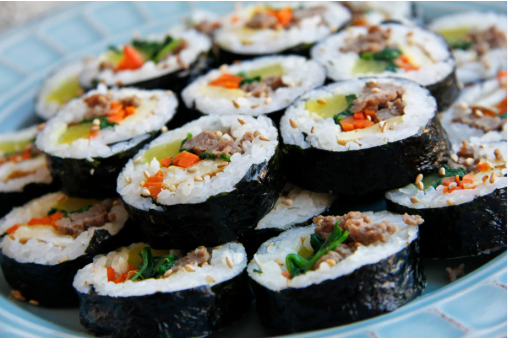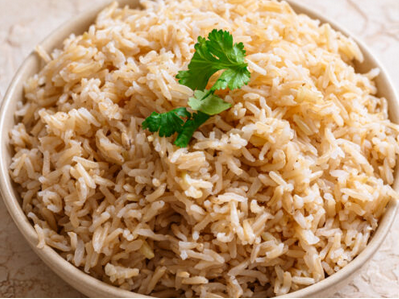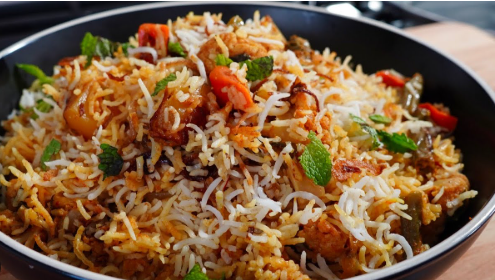Introduction
If you’re a fan of Korean cuisine, you’ve likely come across gimbap Recipe (also spelled kimbap) a colorful, bite-sized rice roll wrapped in seaweed. Often mistaken for Japanese sushi, gimbap is unique in its flavor and ingredients. It’s filled with rice seasoned with sesame oil and salt, along with a mix of vegetables, eggs, and sometimes meat or fish.
Making gimbap at home is easier than it looks! With just a few simple ingredients and some patience in rolling, you can create this delicious, healthy Korean snack right in your kitchen. Let’s dive into this easy gimbap recipe that’s perfect for lunch boxes, picnics, or a light meal.
What is Gimbap?
Gimbap (김밥) literally means “seaweed rice” in Korean — “gim” means seaweed, and “bap” means rice. It’s a popular Korean dish made by rolling cooked rice and various fillings in sheets of roasted seaweed, then slicing it into bite-sized pieces.
Unlike sushi, gimbap doesn’t use raw fish or vinegar rice. Instead, it’s flavored with sesame oil, salt, and savory fillings like vegetables, eggs, crab sticks, or bulgogi (Korean beef).
Ingredients You’ll Need

Here’s what you’ll need to make classic Korean gimbap:
- 2 cups cooked short-grain rice
- 1 tablespoon sesame oil
- 1/2 teaspoon salt
- 4 sheets roasted seaweed (nori or gim)
- 1 carrot (julienned and sautéed)
- 1 small cucumber (julienned)
- 4 strips pickled radish (danmuji)
- 2 eggs (beaten and cooked like an omelet)
- 4 imitation crab sticks or beef strips (optional)
- 1 tablespoon soy sauce (optional, for seasoning meat)
- 1 tablespoon sesame seeds (for garnish)
Step-by-Step: How to Make Gimbap
Step 1: Prepare the Rice
Cook short-grain rice until soft but not sticky. Once done, transfer it to a large bowl and season with sesame oil and salt. Mix gently and let it cool to room temperature.
Step 2: Prepare the Fillings

- Carrots: Sauté lightly in a pan with a pinch of salt until tender.
- Eggs: Beat and cook into a thin omelet, then cut into long strips.
- Cucumber: Slice into thin sticks and pat dry.
- Pickled radish (danmuji): Slice into long strips.
- Meat (optional): Cook beef or crab sticks with soy sauce until slightly caramelized.
Step 3: Set Up the Rolling Station
Place a bamboo sushi mat (or a clean kitchen towel) on a flat surface. Lay one sheet of seaweed (gim) shiny side down.
Step 4: Add the Rice
Spread a thin, even layer of rice on about two-thirds of the seaweed, leaving space at the top for sealing the roll. Press it gently using your fingertips.
Step 5: Add the Fillings
Place your prepared fillings horizontally across the center of the rice — typically egg, carrot, cucumber, pickled radish, and crab stick or beef.
Step 6: Roll the Gimbap
Using the bamboo mat, lift the bottom edge of the seaweed and roll it over the fillings tightly. Press gently as you roll to form a firm cylinder. Continue rolling until the end, sealing the edge with a bit of sesame oil or rice.
Step 7: Slice and Serve
Brush a bit of sesame oil on the roll to give it a shiny finish and prevent sticking. Slice into bite-sized pieces, sprinkle with sesame seeds, and serve.
Serving Suggestions
Gimbap can be served warm or cold and pairs beautifully with:
- Kimchi
- Soy dipping sauce
- Korean fish cakes (odeng)
- Soup or ramen
It’s a perfect picnic food or quick lunch option since it’s portable, filling, and flavorful.
Read also:-How to cook Gyoza Sauce Recipe: The Perfect Japanese Dipping Sauce for Every Bite
Tips for Perfect Gimbap
- Use freshly cooked rice: Too cold or dry rice won’t stick properly.
- Keep fillings dry: Too much moisture can make the roll soggy.
- Roll tightly: Loose rolls may fall apart when slicing.
- Use sesame oil, not water, to seal: It adds flavor and helps prevent tearing.
- Wipe your knife with sesame oil before slicing: This keeps the pieces neat and shiny.
Health Benefits of Gimbap
Gimbap is not only tasty but also nutritious:
- Balanced meal: It contains carbs, protein, and veggies.
- Low in fat: Ideal for light meals or snacks.
- Rich in vitamins: Thanks to the vegetables and seaweed.
- Good source of omega-3: Especially if made with tuna or fish.
- Energy-boosting: The rice provides lasting energy.
FAQs About Gimbap
Q1: What’s the difference between gimbap and sushi?
Gimbap uses sesame oil and salt for flavoring the rice, while sushi uses vinegar. Gimbap also uses cooked ingredients instead of raw fish.
Q2: Can I store leftover gimbap?
Yes, wrap it tightly in plastic and refrigerate for up to one day. Avoid freezing as it affects texture.
Q3: What fillings can I use for gimbap?
You can add tuna, bulgogi, tofu, cheese, or even avocado — it’s customizable!
Q4: Why does my gimbap fall apart?
Your rice may be too dry, or the roll wasn’t tight enough. Make sure to press gently while rolling.
Q5: Can I make vegetarian gimbap?
Absolutely! Just skip the meat and use tofu or extra vegetables instead.
Conclusion
Making gimbap at home is fun, rewarding, and incredibly satisfying. It’s a healthy meal packed with colors, textures, and flavors that everyone will love. Whether for a picnic, lunchbox, or party snack, gimbap is a true reflection of Korean comfort food — simple, beautiful, and full of heart.
So grab some seaweed, roll up your sleeves, and enjoy your very own homemade gimbap!

